News Beat
News Beat reporting is an idrw.org initiative to let our Readers to report News Based on Actual facts but some how has not been reported in Main Stream Media .
SOURCE: RAUNAK KUNDE / NEWS BEAT / IDRW.ORG


In a significant move to bolster its artillery capabilities, the Indian Army is set to acquire new towed gun systems (TGS). Earlier this year, the Defence Acquisition Council (DAC) approved the procurement, paving the way for a substantial upgrade in firepower.
The Indian Army is seeking a robust TGS with a maximum weight of 15 tonnes, ensuring optimal manoeuvrability across diverse terrains. The system must possess a firing range exceeding 40 kilometres and be compatible with the Army’s existing inventory of 155 mm ammunition. This compatibility ensures seamless integration and reduces logistical complexities.
Continue readingSOURCE: RAUNAK KUNDE / NEWS BEAT / IDRW.ORG
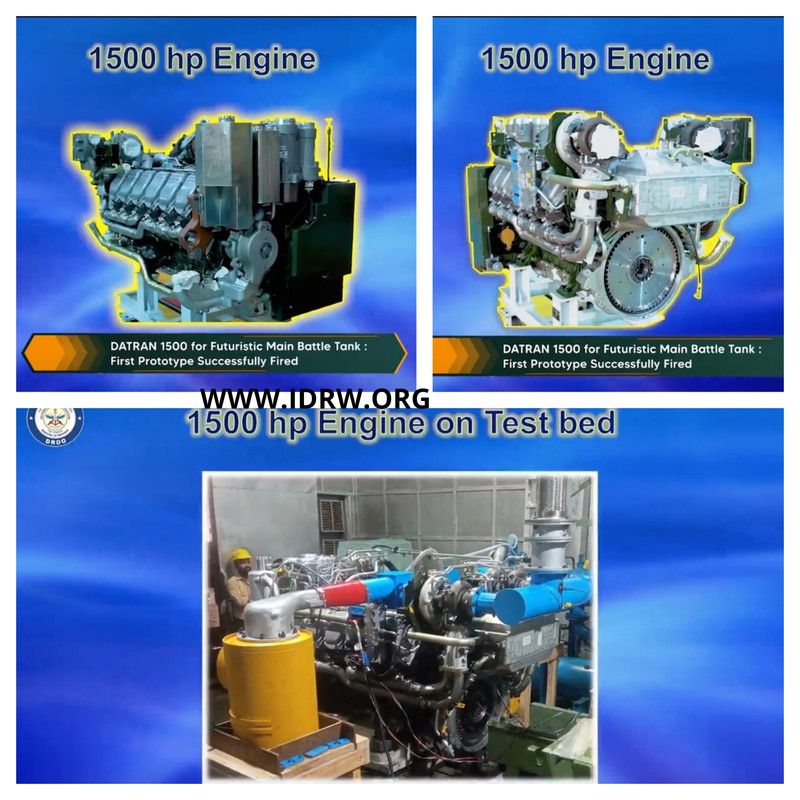

In a significant development for India’s armoured forces, the Indian Army’s T-90MKIII main battle tanks are set to receive a major upgrade with the introduction of the DATRAN 1500 hp engine. This new engine will replace the existing Russian V-92S2 engine, which currently develops 1,000 hp and is coupled to a manual transmission with seven forward and one reverse gear. The upgrade aims to enhance the performance and operational capabilities of the T-90MKIII tanks.
The prototype of the DATRAN 1500 hp engine was successfully test-fired in 2023, marking a milestone in India’s Indigenous defence technology development. The Defence Research and Development Organisation (DRDO) has also shared the test bed for the new engine, indicating significant progress in the project. Although official confirmation is pending, the DATRAN 1500 hp engine will likely be used not only in the T-90MKIII but also in the Arjun Mk1A, replacing its current German-made MTU liquid-cooled turbocharged diesel engine of 1400 hp.
Continue readingSOURCE: RAUNAK KUNDE / NEWS BEAT / IDRW.ORG
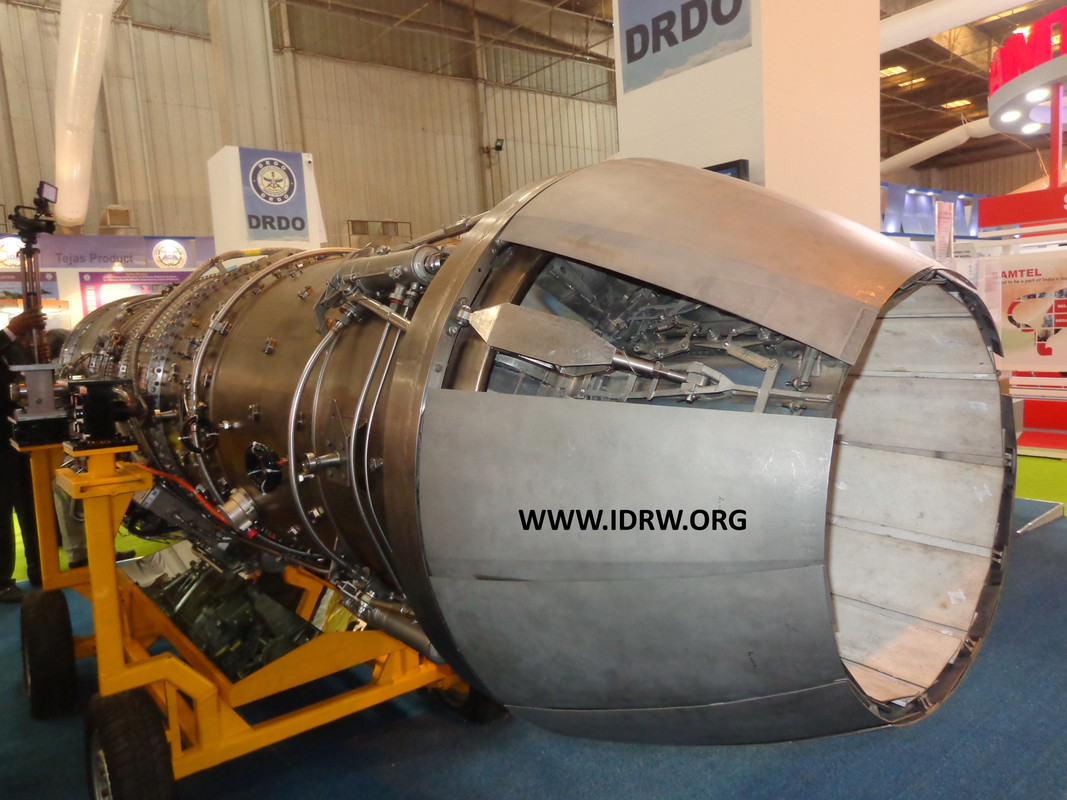

BrahMos Aerospace Thiruvananthapuram Limited has secured a significant contract to supply Afterburner Liner Assembly, along with essential tooling and fixtures, for the Gas Turbine Research Establishment (GTRE)’s 80KN engine program under the aegis of the Defence Research and Development Organisation (DRDO).
This development underscores the growing collaboration between DRDO and the Indian industry in the critical domain of aerospace propulsion. The 80KN engine program is a pivotal component of DRDO’s efforts to develop a new afterburner module for the Dry Kaveri engine. Once successfully integrated, this engine is slated to power an LCA-Tejas Trainer aircraft, marking a crucial step in the engine’s certification process.
Continue readingSOURCE: RAUNAK KUNDE / NEWS BEAT / IDRW.ORG

The Indian Air Force’s Tejas Mk1A program has hit a potential roadblock with the performance of its Israeli-made ELM-2052 Active Electronically Scanned Array (AESA) Fire Control Radar (FCR). According to defense journalist Anantha Krishnan M, the radar is facing undisclosed issues.
The ELM-2052, developed by Israel Aerospace Industries (IAI), is also integrated into the IAF’s Jaguar Darin III upgraded fighter jets. In 2020, HAL secured a license to produce the radar’s gallium arsenide-based modules for the Jaguar program. Notably, the Tejas Mk1A variant houses a larger antenna and power supply for its ELM-2052 compared to the Jaguar version.
Continue readingSOURCE: RAUNAK KUNDE / NEWS BEAT / IDRW.ORG
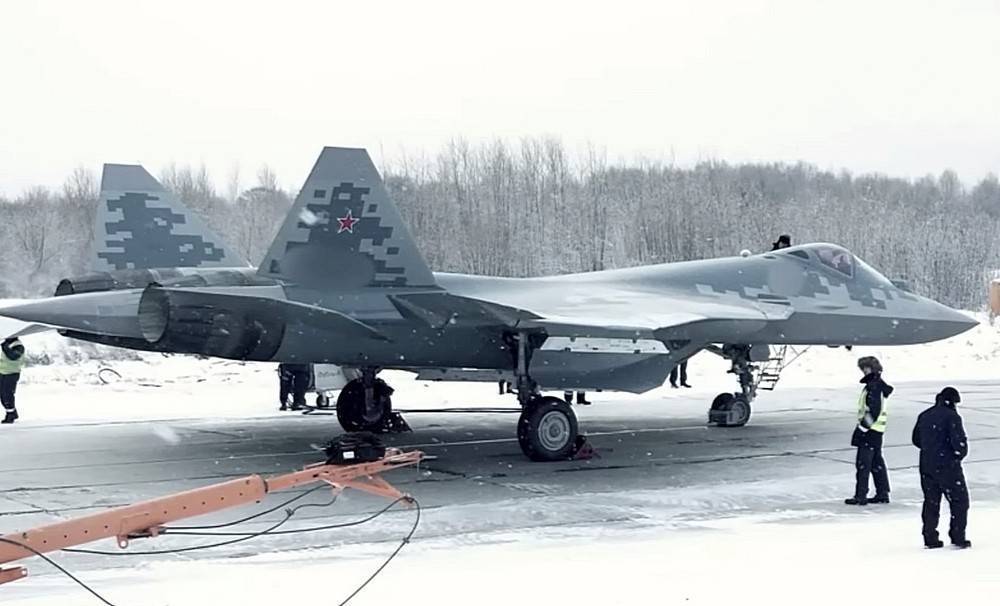

Russia is making a renewed push to attract India to its fifth-generation Su-57 fighter jet program, claiming to have addressed key concerns raised by the Indian Air Force (IAF) that led to India’s exit in 2018.
The IAF had reservations about the baseline Su-57, particularly its engine and stealth capabilities. The original AL-41F engine, based on the Su-30MKI’s engine, limited the jet’s ability to achieve sustained supersonic speeds without afterburner, a vital feature for a true fifth-generation fighter. Additionally, the IAF questioned the overall stealth design of the Su-57.
Continue readingSOURCE: RAUNAK KUNDE / NEWS BEAT / IDRW.ORG

In a bid to overcome the challenges faced in its High-Altitude Long-Endurance (HALE) Unmanned Aerial Vehicle (UAV) program, the Aeronautical Development Establishment (ADE) is seeking foreign expertise. General Atomics, a renowned aerospace and defense company, has extended an offer to act as a consultant for India’s HALE UAV development.
The ADE’s previous attempts at developing UAVs, particularly the Medium-Altitude Long-Endurance (MALE) UAV, Tapas, have been marred by delays and performance issues. This has cast a shadow over the ambitious HALE UAV project.
Continue readingSOURCE: RAUNAK KUNDE / NEWS BEAT / IDRW.ORG
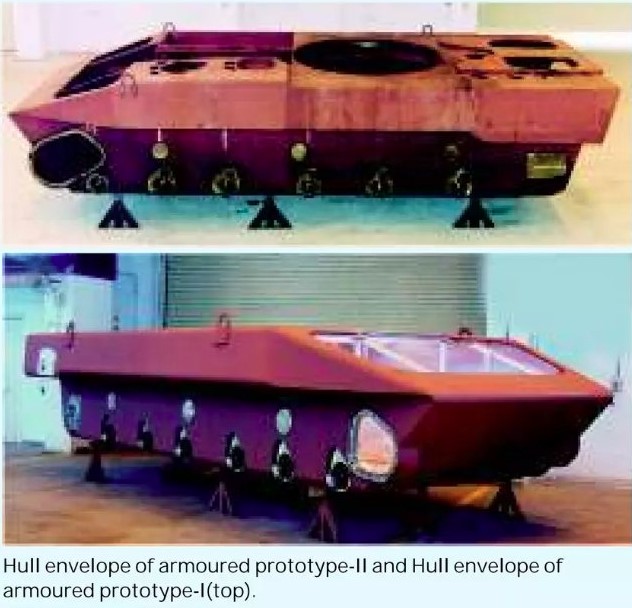

India’s DRDO (Defence Research and Development Organisation) has achieved a significant breakthrough in tank design with the Zorawar Light Tank. The 25-ton tank is the first to utilize a Composite Armour Monocoque construction, leading to a remarkable 40% weight reduction compared to traditional steel-armoured vehicles.
The Composite Armour Monocoque technology integrates the hull and Armour of the tank into a single, unified structure. This innovative approach eliminates the need for a separate chassis, resulting in a lighter and more agile combat platform.
Continue readingSOURCE: RAUNAK KUNDE / NEWS BEAT / IDRW.ORG


In a significant advancement for India’s naval capabilities, the Defence Research and Development Organisation (DRDO) has received authorization to commence the design of a next-generation conventional diesel submarine as part of Project-76. While comprehensive details of the program are still emerging, several key aspects have been confirmed, highlighting the ambitious scope and advanced technological integration envisioned for the new submarines.
The Indian Navy has specified that the new submarines must incorporate the latest Air-Independent Propulsion (AIP) technology and lithium-ion batteries. These innovations are expected to enhance the submarine’s endurance and operational efficiency. The planned displacement of the submarine is nearly 3,000 tonnes when submerged, positioning it as a formidable asset in India’s underwater fleet.
Continue readingSOURCE: RAUNAK KUNDE / NEWS BEAT / IDRW.ORG
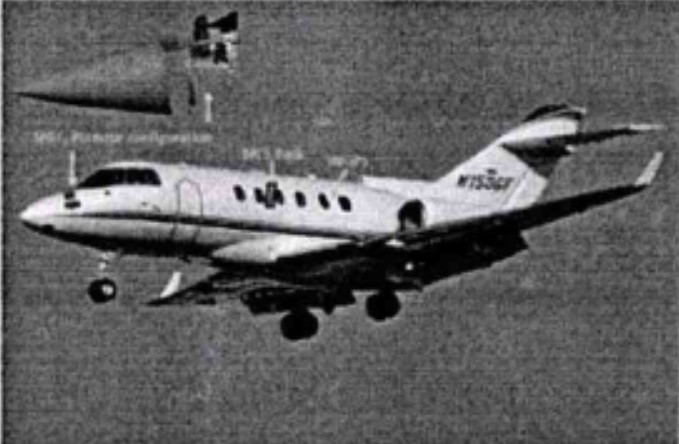

The Instruments Research & Development Establishment (IRDE), a premier laboratory of India’s Defence Research and Development Organisation (DRDO), has made a significant breakthrough with a new airborne Search and Track System. This indigenous system holds immense potential for enhancing the capabilities of Indian military aircraft.
To evaluate the system’s real-world performance, IRDE plans to integrate and test it on a leased British Aerospace BAE 125-800A aircraft, also known as the Hawker. The system comprises two Line Replaceable Units (LRUs): a Sensor Head Unit (SHU) and a Processing Unit (PU). These units will be strategically placed on the aircraft – the SHU housed in the nose section with its dome protruding outside for optimal signal reception, and the PU positioned entirely within the nose section for secure operation.
Continue readingSOURCE: RAUNAK KUNDE / NEWS BEAT / IDRW.ORG


The Indian Navy’s fleet of Shishumar-class submarines, based on the German Type 209 design, is set to continue serving the nation for years to come. German shipbuilder Thyssenkrupp Marine Systems (TKMS) has pledged its unwavering support in maintaining these vital vessels, even if the Indian Navy decides to extend their operational life for another 10-15 years.
The Shishumar class represents a successful collaboration between India and Germany. The first submarine, INS Shishumar, was commissioned in 1986, while INS Shankul, the youngest of the fleet, joined the Indian Navy in 1994. Despite their age (with INS Shishumar nearing 40 years of service), these submarines remain a crucial part of India’s underwater defence capabilities.
Continue readingSOURCE: RAUNAK KUNDE / NEWS BEAT / IDRW.ORG


Recent reports suggesting a collaboration between India and Russia for local manufacturing of Su-30MKI/SM aircraft for export raise doubts about its viability. While this could potentially help Russia circumvent export sanctions due to their banking system, several factors make it a commercially unappealing proposition.
Analysts at idrw.org believe Indian-built Su-30MKIs will struggle to compete with their Russian counterparts due to a significant cost difference.
Continue readingSOURCE: RAUNAK KUNDE / NEWS BEAT / IDRW.ORG


The Indian Air Force (IAF) is gearing up for flight trials of the TARA (Tactical Advanced Range Augmentation) precision guidance kit, a significant development by DRDO (Defence Research and Development Organisation). The ADM& SPJ division of AIRPPNCSS Group within ARDE (Armament Research and Development Establishment) has formally requested flight test support from Hindustan Aeronautics Limited (HAL) on Su-30 MKI aircraft.
TARA represents a major leap forward in the IAF’s air-to-ground weaponry. This indigenous guidance kit transforms unguided bombs into smart munitions, significantly enhancing their accuracy and effectiveness.
Continue readingSOURCE: RAUNAK KUNDE / NEWS BEAT / IDRW.ORG
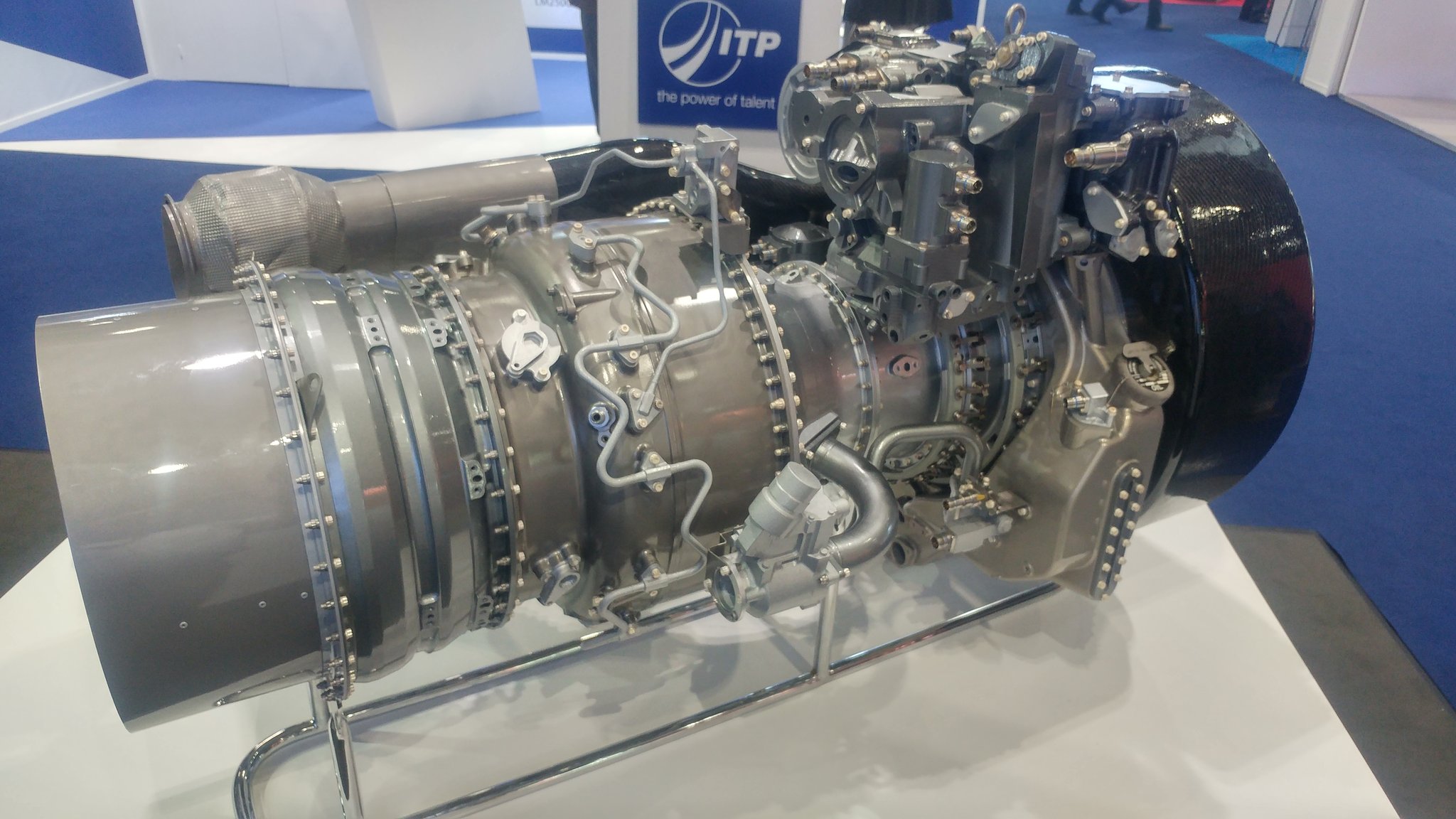

Hindustan Aeronautics Limited (HAL), India’s premier aeronautical manufacturer, has announced a significant collaboration with Safran Helicopter Engines. This partnership will focus on the development and integration of a new, indigenous engine for the Indian Multi-Role Helicopter (IMRH) program.
HAL will initially utilize Safran’s ANETO-1H engine for the IMRH’s development and testing phases on the Intermediate Multi-Role Helicopter (IMRH) and Deck Based Multi-Role Helicopter (DBMRH) variants. The ANETO-1H, currently used on the AW189 helicopter with a power range of 2500shp, will provide a reliable platform for these crucial initial stages. RWRDC (Rotary Wing Research and Development Centre) will acquire a total of 12 ANETO-1H engines, with deliveries expected within 24 months of contract finalization.
Continue readingSOURCE: RAUNAK KUNDE / NEWS BEAT / IDRW.ORG


HAL Chairman C B Ananthakrishnan revealed that after thorough discussions with the Indian Army, Indian Navy, and Indian Air Force, the combined requirements for the IMRH stand at 419 units. This new 12-13-ton class medium-weight helicopter is set to replace the aging Mi-17 series helicopters currently in service.
Out of the total 419 IMRH units, 66 are designated as Deck-Borne Multi-Role Helicopters (DB-MRH) for the Indian Navy. These maritime helicopters will feature a higher all-up weight and customized configurations to meet the specific operational demands of naval missions. The remaining 353 IMRH units will be allocated to the Indian Air Force (IAF) and the Indian Army, primarily to replace the Mi-17 series medium helicopters, some of which are nearing obsolescence.
Continue readingSOURCE: RAUNAK KUNDE / NEWS BEAT / IDRW.ORG

The ongoing conflict in Ukraine has underscored the enduring importance of Main Battle Tanks (MBTs) in modern warfare. The use of both old and new MBTs by Russia has highlighted the necessity of maintaining substantial reserves to address the potential for prolonged conflicts, which can stretch over months or even years. This scenario has significant implications for militaries worldwide, including the Indian Army, which ranks fifth globally in MBT numbers.
The Indian Army is currently planning to retire its fleet of T-72 tanks starting in 2035, with a view to placing them in reserve. Recognizing the evolving nature of warfare, the Defence Research and Development Organisation (DRDO) has proposed converting these T-72s into Autonomous Main Battle Tanks (AMBTs). This transformation would enable the Indian Army to deploy these unmanned tanks in high-risk scenarios where the likelihood of their destruction is elevated due to advances in Anti-Tank Guided Missile (ATGM) technology.
Continue reading